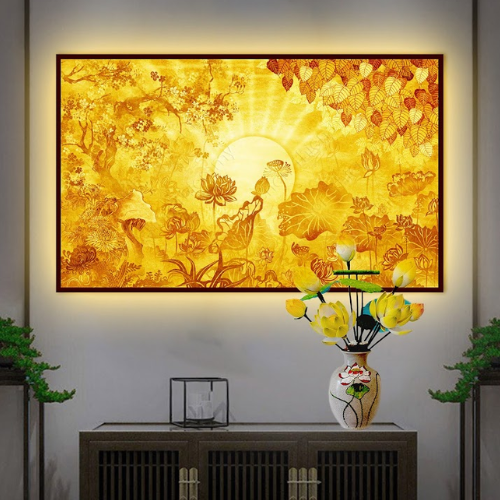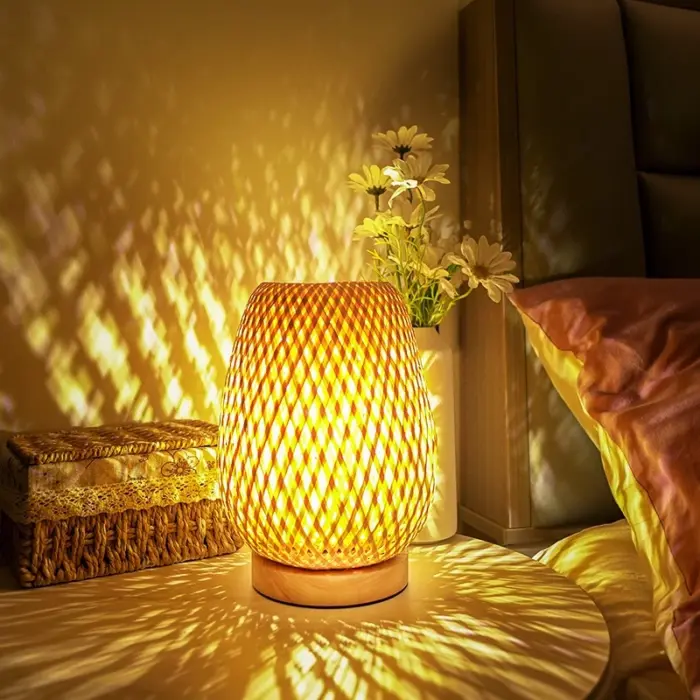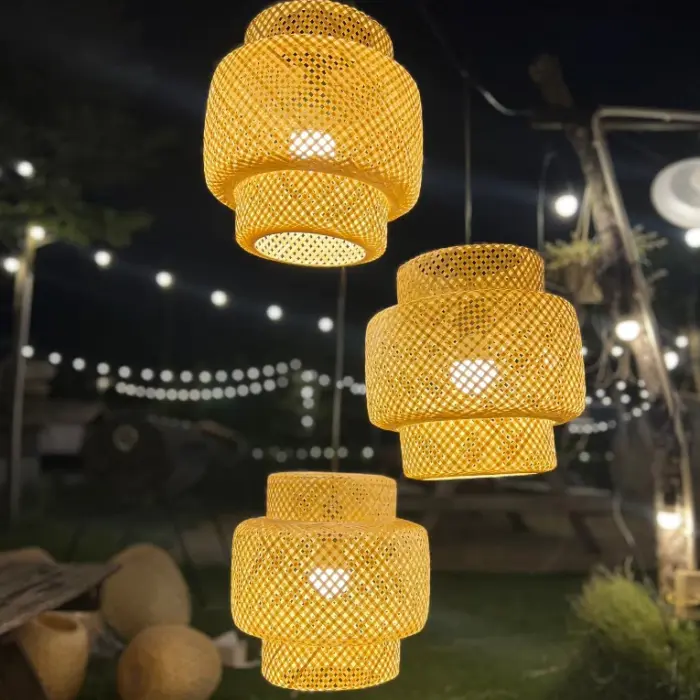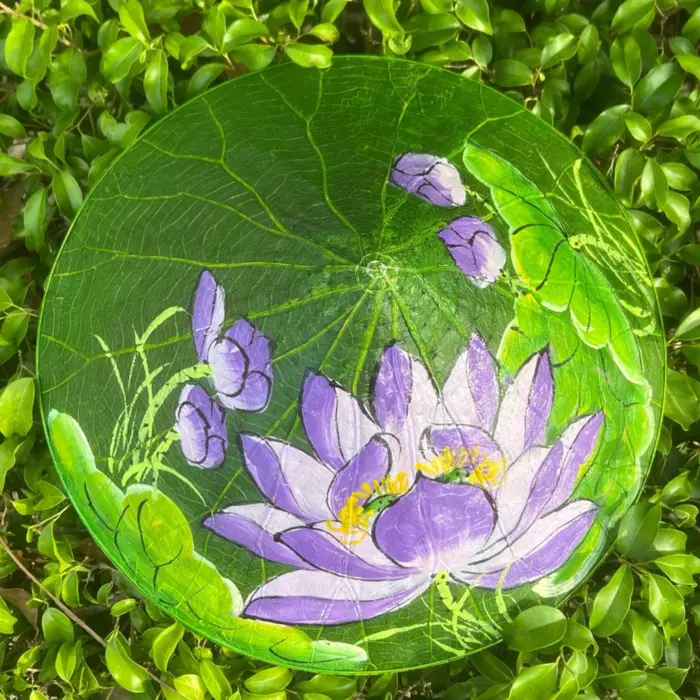Vietnam is a country where every season, every village, and every family gathering tells a story. To understand Vietnam, you must look beyond its landscapes and cuisine — into its people, traditions, and the rhythm of its celebrations. Vietnamese culture is not a museum artifact. It breathes, moves, and evolves, yet remains deeply rooted in the values of family, respect, and community.
The Heartbeat of Vietnamese Culture
At the core of Vietnamese life is the family. Generations often live under one roof, and every decision — from marriage to career — carries the invisible weight of family honor. Ancestor worship is not merely a ritual; it is a way of remembering where one comes from. On altars adorned with incense, fruits, and flowers, the living speak silently to the dead — asking for guidance, protection, and peace.
Equally central to Vietnamese culture is the concept of harmony — with nature, with others, and with oneself. It reflects in the way people greet each other with gentle smiles, the balance of flavors in every dish, and the soft, poetic tone of the Vietnamese language itself. Life, in its best form, is about balance: not too fast, not too loud, and never forgetting one’s roots.
Tết — The Soul of the Nation
No celebration captures the Vietnamese spirit better than Tết Nguyên Đán, the Lunar New Year. It is the biggest, most cherished festival of the year — a time when the entire nation seems to hold its breath between the old and the new.
Weeks before Tết, streets burst into color as markets fill with kumquat trees, peach blossoms, and red decorations symbolizing luck. Families scrub their homes clean to sweep away bad fortune, pay off debts, and prepare trays of traditional food — bánh chưng in the North, bánh tét in the South — each filled with sticky rice, mung beans, and pork, wrapped neatly in green leaves.
When New Year’s Eve arrives, the sound of firecrackers (now replaced by fireworks) lights up the sky. At the stroke of midnight, families offer prayers to ancestors, and children receive red envelopes with lucky money. But more than luck, Tết is about reunion. No matter how far they’ve traveled, Vietnamese people always try to return home for this sacred time. The roads are full, the trains packed, and hearts full of anticipation — for Tết is not just a date, it is the soul of belonging.
The Mid-Autumn Festival — For the Joy of Children
If Tết is for families, then the Mid-Autumn Festival — or Tết Trung Thu — belongs to the children. Celebrated on the 15th day of the 8th lunar month, when the moon shines brightest, the festival transforms the streets into rivers of light and laughter.
Children parade with lanterns shaped like stars, fish, and dragons. They sing songs, play drums, and watch the captivating lion dances that symbolize courage and good fortune. Families share bánh trung thu — mooncakes filled with lotus seeds, salted eggs, and sweet paste — while sitting together under the full moon. For many, it’s a celebration of innocence and imagination, a reminder that childhood itself is a kind of light.
The Hung Kings’ Festival — Remembering the Nation’s Roots
Every spring, on the 10th day of the third lunar month, Vietnamese people pay tribute to their legendary ancestors — the Hùng Kings, who are said to have founded the first Vietnamese nation, Văn Lang, nearly 4,000 years ago.
Pilgrims from across the country travel to the Hùng Temple in Phú Thọ Province, carrying offerings and flags. Ceremonies of incense, music, and prayers are performed to express gratitude to those who built the foundation of the nation. In a sense, it’s a second New Year — not for families, but for the entire people — a day to remember that Vietnam’s identity stretches back millennia, bound by shared roots and resilience.
Other Celebrations That Shape the Year
Vietnam’s calendar is rich with both ancient and modern holidays. National Day on September 2 marks the moment when President Hồ Chí Minh declared independence in 1945, an event that still stirs deep patriotism. Reunification Day on April 30 celebrates the end of the Vietnam War and the reunification of North and South. Meanwhile, International Women’s Day (March 8) and Vietnamese Teachers’ Day (November 20) show the country’s respect for women and educators — two pillars of Vietnamese society.
Local festivals also abound: the Perfume Pagoda Festival in Hanoi’s mountains, where pilgrims row along misty rivers to reach sacred caves; the Hoi An Lantern Festival, where the old town glows with floating lights; and countless village festivals celebrating harvests, fishing, and crafts. Each has its own colors, songs, and legends, but all share the same essence — community and gratitude.
The Cultural Fabric of Modern Vietnam
Even as Vietnam races forward in the modern world, its traditions remain strong. In cities like Hanoi and Saigon, young people wear áo dài on special occasions, bow before their elders during Tết, and still light incense before important exams. The old and the new coexist naturally: a smartphone in one hand, a red envelope in the other.
Cultural preservation has become a national priority. Artisans keep alive ancient crafts like silk weaving in Hà Đông, pottery in Bát Tràng, and water puppetry — a unique art form that dates back to the 11th century. Meanwhile, new generations reinterpret these traditions in creative ways — through fashion, film, and digital media — making them relevant and inspiring once again.
A Nation of Stories and Celebration
Vietnamese culture is not static. It grows like a bamboo grove — bending, adapting, but never breaking. Every festival, every folk song, every family meal carries within it the story of a people who have endured hardship yet never lost their joy.
To experience Vietnam is to witness how past and present dance together — in the fragrance of incense, the laughter of children during Trung Thu, the echoes of drums in a spring festival, and the warm, open smile that greets every visitor.
Vietnam celebrates life not with extravagance, but with heart. And perhaps that is its greatest beauty — a culture that reminds us that joy is not found in things, but in people, memory, and connection.



